√ e coli microscope 100x 276577-How does e coli look under a microscope
The resolution and contrast are excellent, and the details of the field of view look sharp Read more BNISE 100X 1000X Microscope Good quality and complete accessories Not just for kids, but high quality scientific instruments designed for high school students and lab 1 x Microscope 1 x WF25X Eyepiece 15 x Microscope Sliders 1 x PhoneViewing Bacteria Using Oil Immersion Technique,I suggest you take a look at it under the microscope (40 or 100x) and check that you have rodshaped bacteria Yeast grows very well in E coli media!
Biol 230 Lab Manual Lab 1
How does e coli look under a microscope
How does e coli look under a microscope-Cocci in grapelike clusters (Saureus) and bacilli(Ecoli) Clinical significance of Saureus Frequently found as part of the normal skin flora on the skin and nasal passages;Escherichia coli (E coli) bacteria normally live in the intestines of people and animals Most E coli are harmless and actually are an important part of a healthy human intestinal tract However, some E coli are pathogenic, meaning they can cause illness, either diarrhea or illness outside of the intestinal tract The types of E coli that can cause diarrhea can be transmitted through


Photomicrographs
Escherichia coli (/ ˌ ɛ ʃ ə ˈ r ɪ k i ə ˈ k oʊ l aɪ /), also known as E coli (/ ˌ iː ˈ k oʊ l aɪ /), is a Gramnegative, facultative anaerobic, rodshaped, coliform bacterium of the genus Escherichia that is commonly found in the lower intestine of warmblooded organisms (endotherms) Most E coli strains are harmless, but some serotypes (EPEC, ETEC etc) can cause serious foodE coli is a Gramnegative rodshaped bacteria When Gram stained, the organism looks pink or red Here are a couple of pictures of a Gram stain of E coli that I did under the 100X objective lens on a standard light microscope You can of course see a lot more detail under an electron microscopeExamples of Bacteria Under the Microscope Escherichia coli Escherichia coli (Ecoli) is a common gramnegative bacterial species that is often one of the first ones to be observed by students Most strains of Ecoli are harmless to humans, but some are pathogens and are responsible for gastrointestinal infections They are a bacillus shaped
Escherichia coli (abbreviated as E coli) are bacteria found in the environment, foods, and intestines of people and animalsE coli are a large and diverse group of bacteria Although most strains of E coli are harmless, others can make you sick Some kinds of E coli can cause diarrhea, while others cause urinary tract infections, respiratory illness and pneumonia, and other illnessesE coli stained with crystal violet @ 100x TM Cannot see individual bacteria at this magification 4 E coli stained with crystal violet @ 1000xTM 5 How to Use a Compound Light Microscope, SPO Class Note Article;Many bacteria look like E coli when examined under the microscope (if not stained Enterobacteriaceae,
The 100X lens can only use the fine focus, using the coarse knob will completely lose the image of your bacteria and you will have to start back at 4X The 100X also requires the use of immersion oil to reduce the refraction of light • The diaphragm controls the intensity of light and will helpEcoli is a procaryotic microorganism, typically about 2 to 4 µm long, rodshaped bacterium (bacillus) with rounded ends Cells can be shorter than 2 µm or can form long filaments Ecoli is usually motile in liquid or semisolid environment with peritrichous flagella (about 6 per cell) and its surface is covered with fimbriae TheseE coli is a Gramnegative rodshaped bacteria When Gram stained, the organism looks pink or red Here are a couple of pictures of a Gram stain of E coli that I did under the 100X objective lens on a standard light microscope You can of course
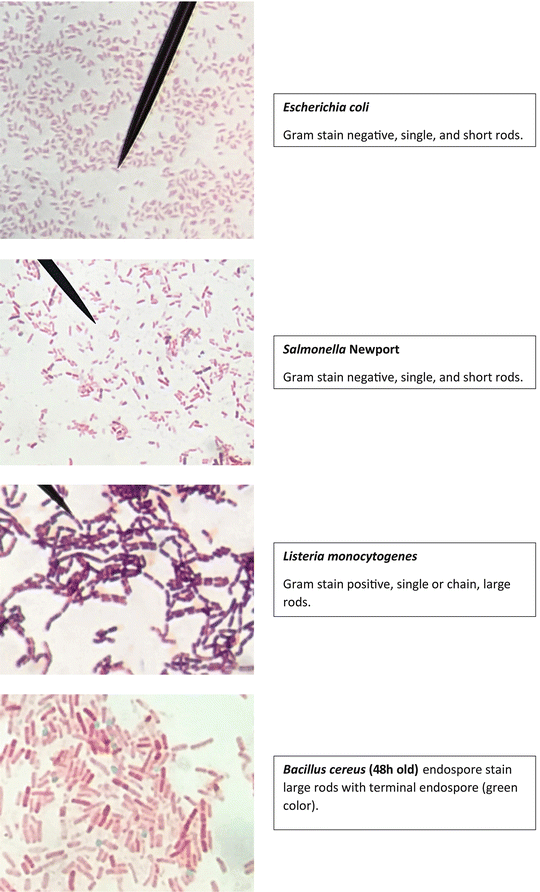


Staining Technology And Bright Field Microscope Use Springerlink



Microscope Imaging Of Methylene Blue Stained E Coli Cells Harbouring Download Scientific Diagram
Instead, their genetic material floats uncovered2 Cut out the entire 100X view (black area, clear areas, etc as ONE unit) Do the same for the 400X view, the 100X, 400X & 400X super rulers You should have 5 and only 5 pieces at this point 3 Place the 100X view on your overhead and focus on your screen This is representative of a typical view through a 10X objective coupled with a 10XSince E coli are about 2 micrometres long, if you can't discriminate between two points that a four microns apart with your lens, you going to see a blurry smudge if you see anything at all It is routinely possible, using highend, oil immersion 100x lenses microscopes, to get down to 02 micrometre resolution, which is smaller than an E coli


Biol 230 Lab Manual Lab 1


Part a K Parts Igem Org
The appearance of the Ecoli bacteria under a microscope with 100x magnification was quite clear;Salmonella includes a group of gramnegative bacillus bacteria that causes food poisoning and the consequent infection of the intestinal tract While some of the infections can be easily treated, some of the strains have been shown to resist antibiotic treatmentE coli can spread to the urinary tract in a variety of ways Common ways include Your urine will then be examined under a microscope for the presence of bacteria Urine culture
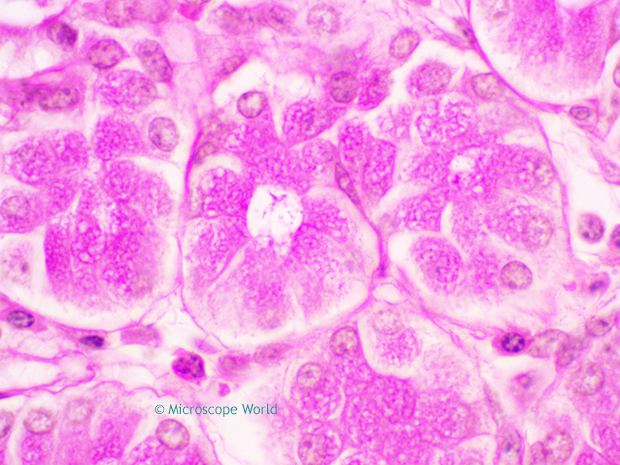


Why Would You Need Microscope Immersion Oil And How To Use It


Microscopic Studies Of Various Organisms
Yes, most of the bacteria range from 022 µm in diameter The length can range from 110 µm for filamentous or rodshaped bacteria The most wellknown bacteria E coli, their average size is ~15 µm in diameter and 26 µm in length As we talked above, you can see some bacteria in my cheek cellsGram stain e coli under microscope 100x › microscope e coli gram stain bacteria › microscope escherichia coli gram stain e coli Gram Stain E Coli Microscope Written By MacPride Tuesday, July 23, 19 Add Comment Edit Puzzlepix Figure 1 From Detection Of Multidrug Resistant And Shiga ToxinBrowse e coli 100x with oilimmersion pictures, photos, images, GIFs, and videos on Photobucket


Www Mccc Edu Hilkerd Documents Bio1lab3 Exp 4 Pdf
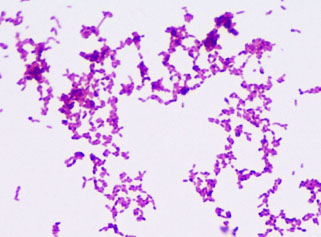


Bacterial Staining Microbiology Images Photographs And Videos Of Gram Acid Fast Endospore
Suppose your professor handed you a test tube with mL of an E Coli broth culture in it and told you to make a 10^2 dilution of the entire culture Explain how you would do this 100 fold dilution Dilute the 2 mL culture with 1980mL, to give a total solution of 100mL6 Add 11 mL of the 10fold dilution to another dilution bottle (100x dilution) Mix well 7 Add 11 mL of the 100fold dilution to the third bottle (1000x dilution) Mix well 8 If necessary, continue to dilute the sample 2 Coliforms, E coli, modified mTECEscherichia coli Escherichia coli is a small bacillus Estimate the length and width of a typical rod c Treponema pallidum Treponema pallidum is a spirochete a thin, flexible spiral On this slide you are examining a direct stain ofTreponema pallidum, the bacterium that causes syphilis Measure the length and width of a typical spirochete


Aph162 Report 1
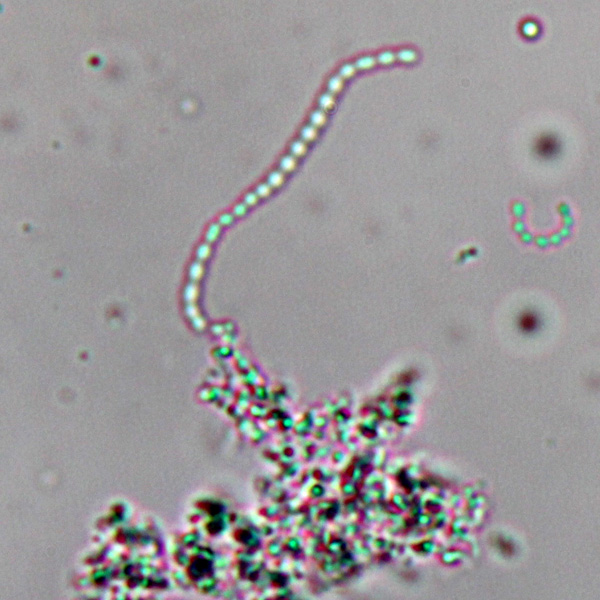


Observing Bacteria Under The Light Microscope Microbehunter Microscopy
E coli can spread to the urinary tract in a variety of ways Common ways include Your urine will then be examined under a microscope for the presence of bacteria Urine cultureTo answer your questions Which bacteria look similar to E coli under 100X optical microscope?I am using Escherichia coli
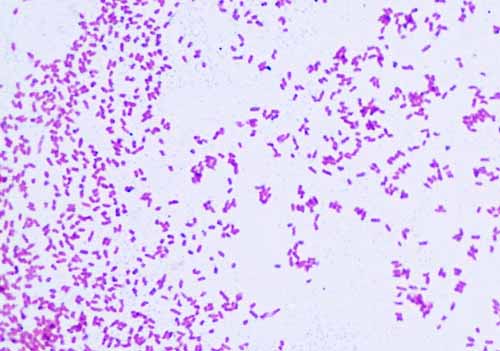


Gram Negative Bacteria Images Photos Of Escherichia Coli Salmonella Enterobacter
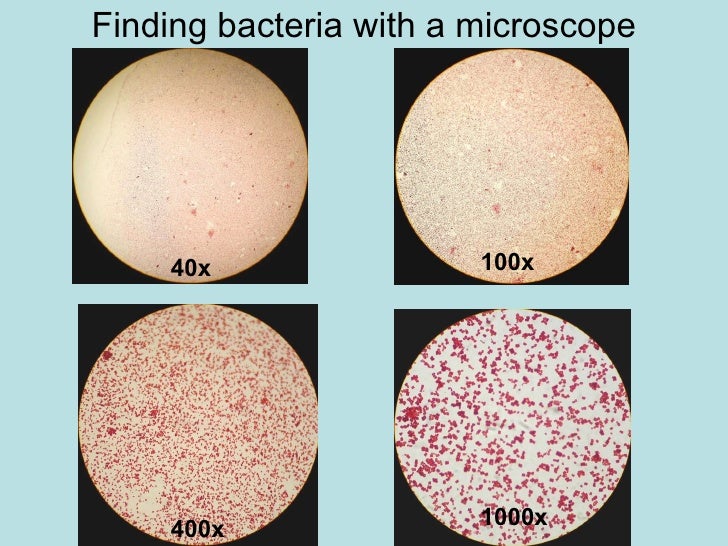


Chapter 3 Tools Of The Laboratory E Mail
Chapter 3 Microscopy and staining 3 1 Use of the microscope The microscope, as shown in Figure 31, is one of the most important instruments utilized by the microbiologistIn order to study the morphological and staining characteristics of microorganisms such as bacteria, yeasts, molds, algae and protozoa, you must be able to use a microscope correctlyThe easiest way to see bacteria through a microscope is to prepare a bacterial smear A smear is a bacterial sample mixed into a drop of water on a microscope slide and then heat fixed By placing the slide on a microincinerator tray or gently waving slide over Bunsen burner flame until dryThe optical microscope, also referred to as a light microscope, is a type of microscope that commonly uses visible light and a system of lenses to generate magnified images of small objects Optical microscopes are the oldest design of microscope and were possibly invented in their present compound form in the 17th century Basic optical microscopes can be very simple, although many complex
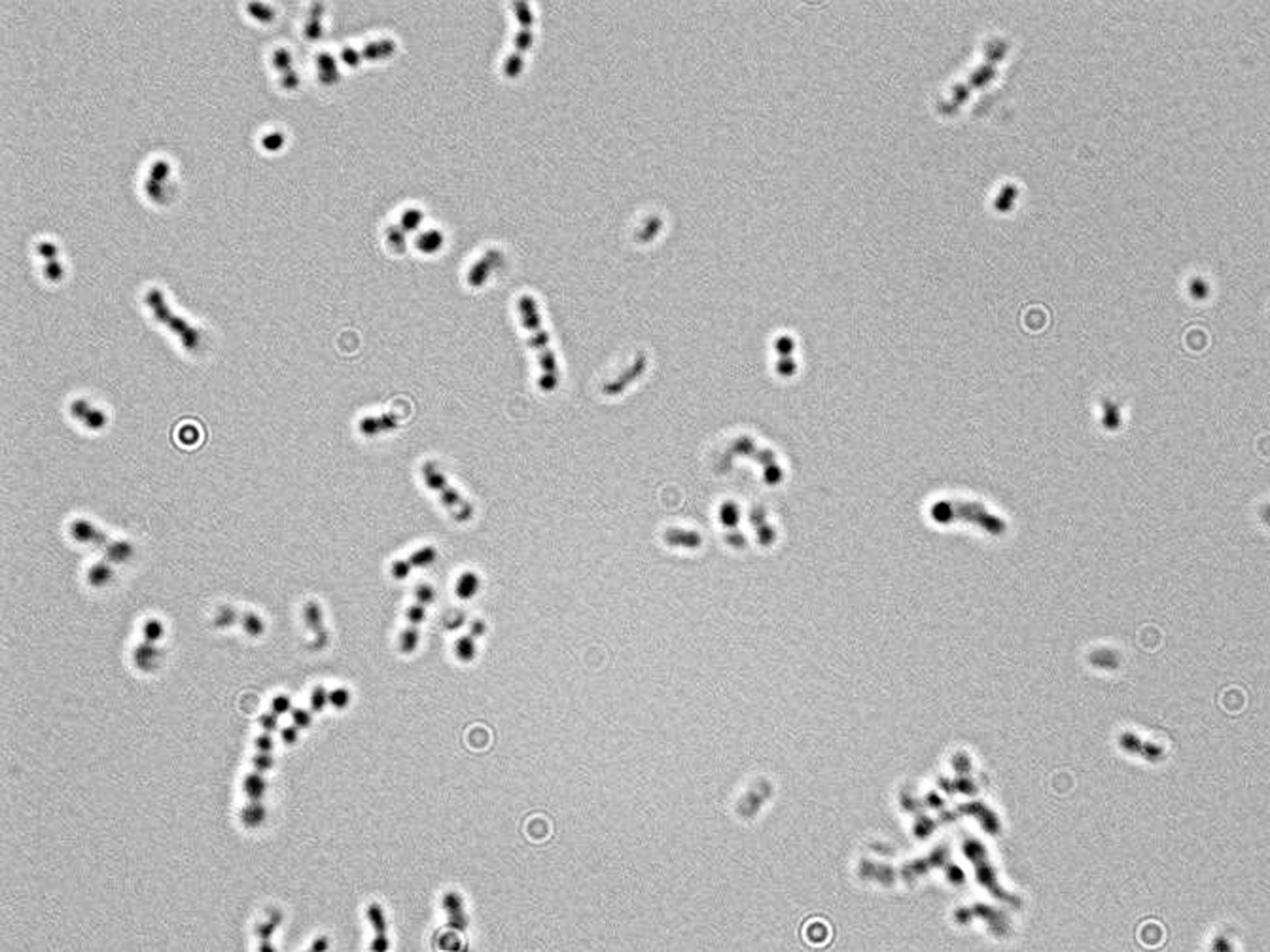


Microscopy For The Winery Viticulture And Enology



Solved 3 A Mixed Smear Of A 3 Day 72 Hour Culture Of S Chegg Com
E coli under the microscope Escherichia coli (E coli) is a bacterium commonly found in various ecosystems like land and water Most of the strains of E coli are harmless, but some strains are known to cause diarrhea and even UTIs E coli is commonly studied as they are considered as a standard for the study of different bacteriaTo observe E coli with any detail, you will need to use the 100X lens, which is also known as an oil immersion lens This is the longest, most powerful and most expensive lens on the microscope, requiring extra care when using it As the name implies, the 100X lens is immersed in a drop of oil on the slide6 Add 11 mL of the 10fold dilution to another dilution bottle (100x dilution) Mix well 7 Add 11 mL of the 100fold dilution to the third bottle (1000x dilution) Mix well 8 If necessary, continue to dilute the sample 2 Coliforms, E coli, modified mTEC


Gram Stain


Gram Stain
The size of a typical bacterium such as E coli serves as a convenient standard ruler for characterizing length scales in molecular and cell biology A "rule of thumb" based upon generations of light and electron microscopy measurements for the dimensions of an E coli cell is to assign it a diameter of about ≈1µm, a length of ≈2µm, and a volume of ≈1µm 3 (1 fL) (BNID 1017)Gram stain e coli under microscope 100x E Coli Under Microscope Gram Stain Written By MacPride Friday, June 29, 18 Add Comment Edit E Coli Gram Stain Gram Stain Images Microbiology Wayne State E Coli Bacteria Gram Negative Bacilli Gram Stain Lm X400Gram stained smear, 100X (oil immersion) We and our partners process personal data such as IP Address, Unique ID, browsing data for Use precise geolocation data Actively scan device characteristics for identification Some partners do not ask for your consent to process your data, instead, they rely on their legitimate business interest
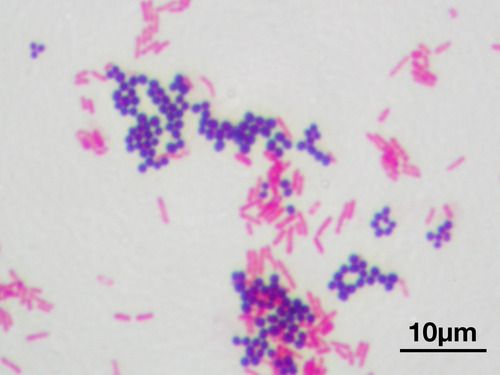


Pin On Microbiology



Optical Microscopic Image 100x Of Escherichia Coli A And Bacillus Download Scientific Diagram
E coli under the microscope Escherichia coli (E coli) is a bacterium commonly found in various ecosystems like land and water Most of the strains of E coli are harmless, but some strains are known to cause diarrhea and even UTIs E coli is commonly studied as they are considered as a standard for the study of different bacteriaE coli is described as a Gramnegative bacterium This is because they stain negative using the Gram stain The Gram stain is a differential technique that is commonly used for the purposes of classifying bacteriaSince E coli are about 2 micrometres long, if you can't discriminate between two points that a four microns apart with your lens, you going to see a blurry smudge if you see anything at all It is



E Coli Bacteria Under Microscope Page 1 Line 17qq Com
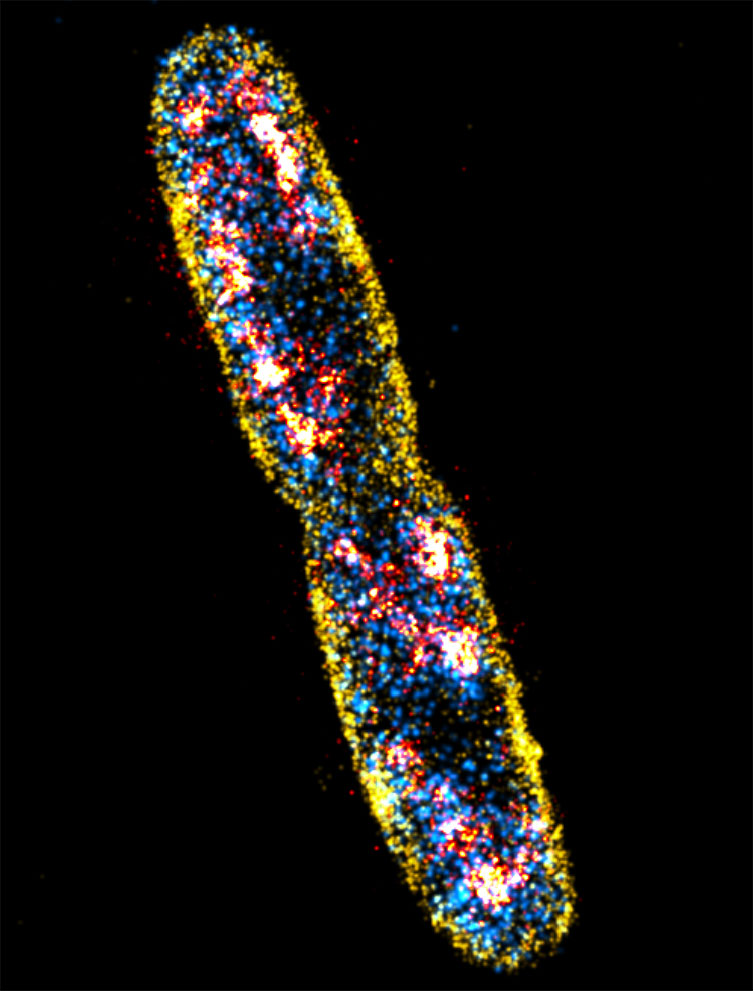


Advantages Of Using Escherichia Coli As A Model Organism Andor Learning Centre Oxford Instruments
The total magnification of the microscope is calculated by multiplying the magnification of the objectives, with the magnification of the eyepiece Most educationalquality microscopes have a 10x (10power magnification) eyepiece and three objectives of 4x, 10x & 40x to provide magnification levels of 40x, 100x and 400x2 Cut out the entire 100X view (black area, clear areas, etc as ONE unit) Do the same for the 400X view, the 100X, 400X & 400X super rulers You should have 5 and only 5 pieces at this point 3 Place the 100X view on your overhead and focus on your screen This is representative of a typical view through a 10X objective coupled with a 10XOn Endo agar it looks like lactose negative)All four strains are mannitol positive (best seen in fig D), cellobiose negative (strains A, B)
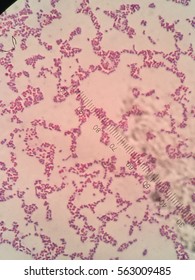


Ecoli Microscope 100x Oil Stock Photo Edit Now



Escherichia Coli Colony Morphology And Microscopic Appearance Basic Characteristic And Tests For Identification Of E Coli Bacteria Images Of Escherichia Coli Antibiotic Treatment Of E Coli Infections
First, by using Escherichia coli (Ecoli), we start at 4x objective, followed by low power 10x objective viewing and the specimen looked clearer at 40x magnificationThe shaped of Ecoli is rodshaped and it is a gramnegative bacteriaThe gram stain of some specimen either gramnegative or grampositive can be resulted by looked at their color whether the bacteria are pink or red for gramEscherichia coli Four different strains of Escherichia coli on Endo agar with biochemical slope Glucose fermentation with gas production, urea and H 2 S negative, lactose positive (with exception of strain D "late lactose fermenter";It had a rodlike structure with a reddishpink colour The rods were all more or less the same size, however some were packed together and others were on their own


Microscopic Studies Of Various Organisms
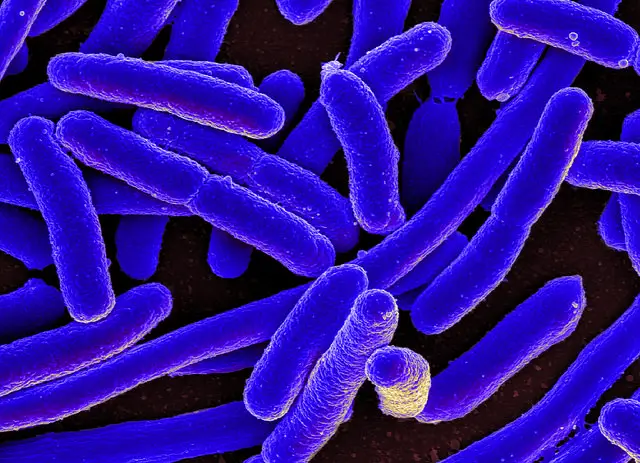


E Coli Under The Microscope Types Techniques Gram Stain Hanging Drop Method
6 Now put under the microscope and observe at 100X by applying oil over slide Results & Observations Saureusà Methylene Blue Ecoli àSafranine BSubtilisàCrystal V àcoccus àrod àrod àbluepurple àpurple àvioloet 40X 40X 40X ScerevisiaeàTWM Pvulgaris àHDT àBrownian motion àflagellar motion àcolorless àcolorless 100X 100XYou inoculate a sterile broth with E coli but after 48 hours of incubation at 37 degrees Celsius, the4 Can a light microscope see bacteria?


Photomicrographs



E Coli Slide Page 1 Line 17qq Com
Escherichia coli or Ecoli is a gramnegative species of bacillus shaped bacteria that can be easily observed under a microscope, even for those with the untrained eye This bacteria has a fast growth rate, doubling every minutes, making them a common choice for bacterial related research purposesBiology Of E Coli E coli (Escherichia coli) are a small, Gramnegative species of bacteriaMost strains of E coli are rodshaped and measure about μm long and 0210 μm in diameterThey typically have a cell volume of 0607 μm, most of which is filled by the cytoplasm Since it is a prokaryote, E coli don't have nuclei;It is estimated that % of the human population are longterm carriers of S aureus



What Does An E Coli Bacteria Look Like Under A Microscope Quora



File E Coli Gram Stain Jpg Wikimedia Commons
4 Can a light microscope see bacteria?Get a second escherichia coli bacteria (e coli) stock footage at 2997fps 4K and HD video ready for any NLE immediately Choose from a wide range of similar scenes Video clip id Download footage now!Yes, most of the bacteria range from 022 µm in diameter The length can range from 110 µm for filamentous or rodshaped bacteria The most wellknown bacteria E coli, their average size is ~15 µm in diameter and 26 µm in length As we talked above, you can see some bacteria in my cheek cells
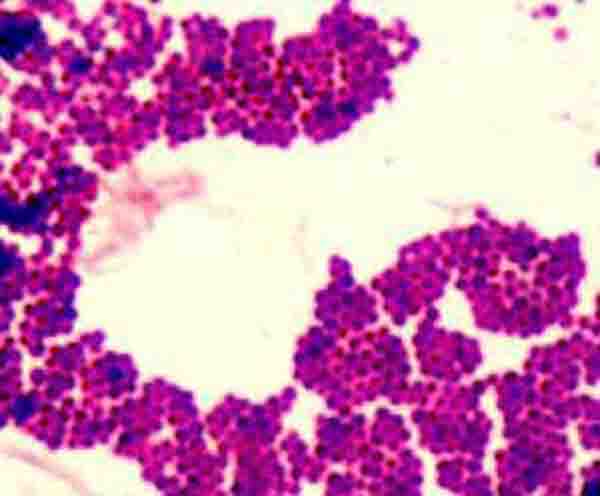


Bacterial Staining Microbiology Images Photographs And Videos Of Gram Acid Fast Endospore


Secreted Autotransporter Toxin Sat Induces Cell Damage During Enteroaggregative Escherichia Coli Infection
Since E coli are about 2 micrometres long, if you can't discriminate between two points that a four microns apart with your lens, you going to see a blurry smudge if you see anything at all It is routinely possible, using highend, oil immersion 100x lenses microscopes, to get down to 02 micrometre resolution, which is smaller than an E coliGram stain e coli under microscope 100x E Coli Under Microscope Gram Stain Written By MacPride Friday, June 29, 18 Add Comment Edit E Coli Gram Stain Gram Stain Images Microbiology Wayne State E Coli Bacteria Gram Negative Bacilli Gram Stain Lm X400All three factors affecting the quality of a microscopic image can be controlled by manipulating the actual microscope If a specimen was being viewed using a 100x objective and 10x oculars, what would be the total magnification?



New Flat Embedding Method For Transmission Electron Microscopy Reveals An Unknown Mechanism Of Tetracycline Biorxiv
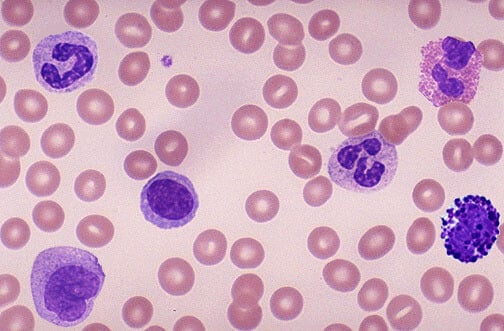


How These 26 Things Look Like Under The Microscope With Diagrams


Http Coltonanderson1 Weebly Com Uploads 2 4 3 0 Manual Pdf



Gram Negative Pink Colored Small Rod Shaped Bacteria Under A Light Download Scientific Diagram



Gram Negative Pink Colored Small Rod Shape E Coli Under Light Download Scientific Diagram
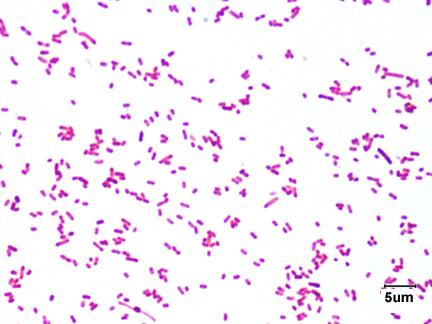


Laboratory Test 1 Flashcards Chegg Com
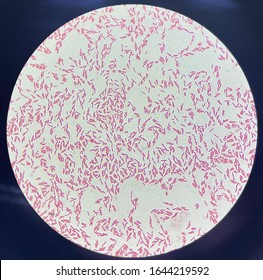


Escherichia Coli High Res Stock Images Shutterstock



E Coli Gram Stain Page 6 Line 17qq Com


E Coli Gram Stain Introduction Principle Procedure And Result Interpret



Micro Lab 1 Flashcards Quizlet



Hyperspectral Microscope Image Bands Collected At 650 Nm For Pure Download Scientific Diagram



Gram Stain Microbiology Lab


E Coli Bacteria Under A Microscope At 100x Magnification Mildlyinteresting



Cell Division Of E Coli With Continuous Media Flow Youtube


Microscopic Studies Of Various Organisms
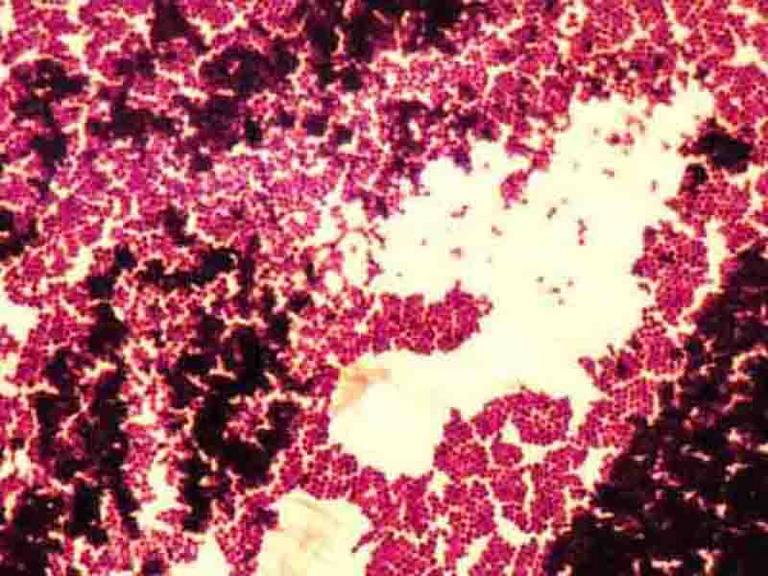


Bacterial Staining Microbiology Images Photographs And Videos Of Gram Acid Fast Endospore


Escherichia Coli Light Microscopy
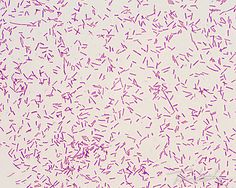


44 Micro Ideas Microbiology Medical Laboratory Microbiology Lab


Microscopic Studies Of Various Organisms
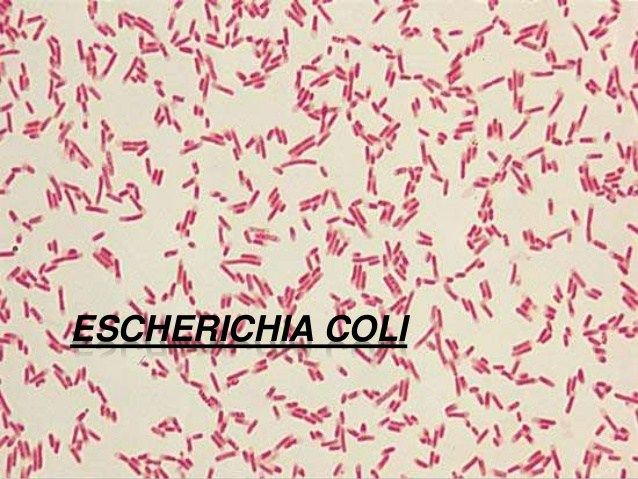


Pin On Budi Zdrav Produzi Zivot
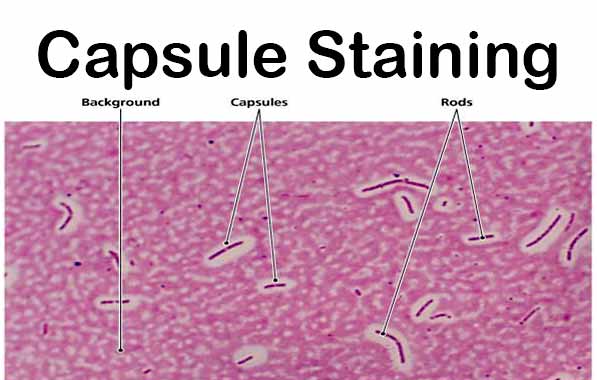


Capsule Staining Principle Reagents Procedure And Result



Optical Microscopic Image 100x Of Escherichia Coli A And Bacillus Download Scientific Diagram
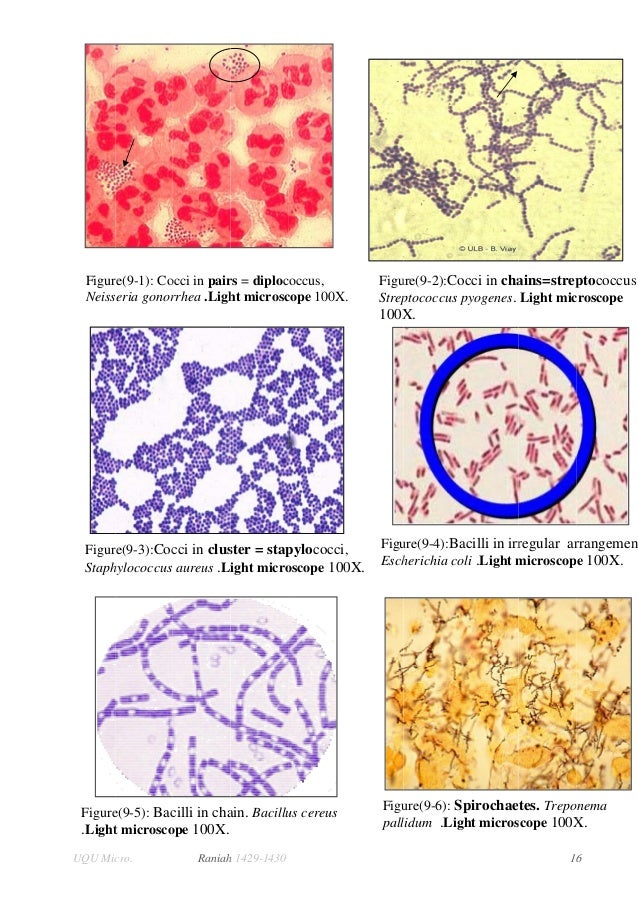


Lab 2 Lab 3
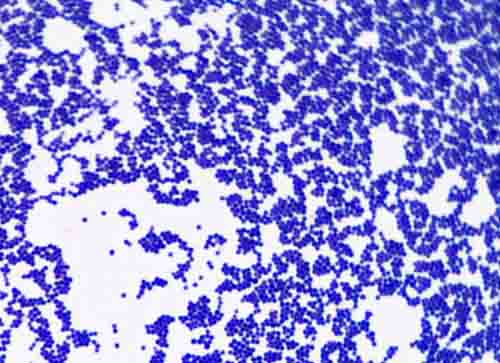


Bacterial Staining Microbiology Images Photographs And Videos Of Gram Acid Fast Endospore



Zkfaa Bioproses Lab 1 Principles And Use Of Microscope



Microscopy And Staining
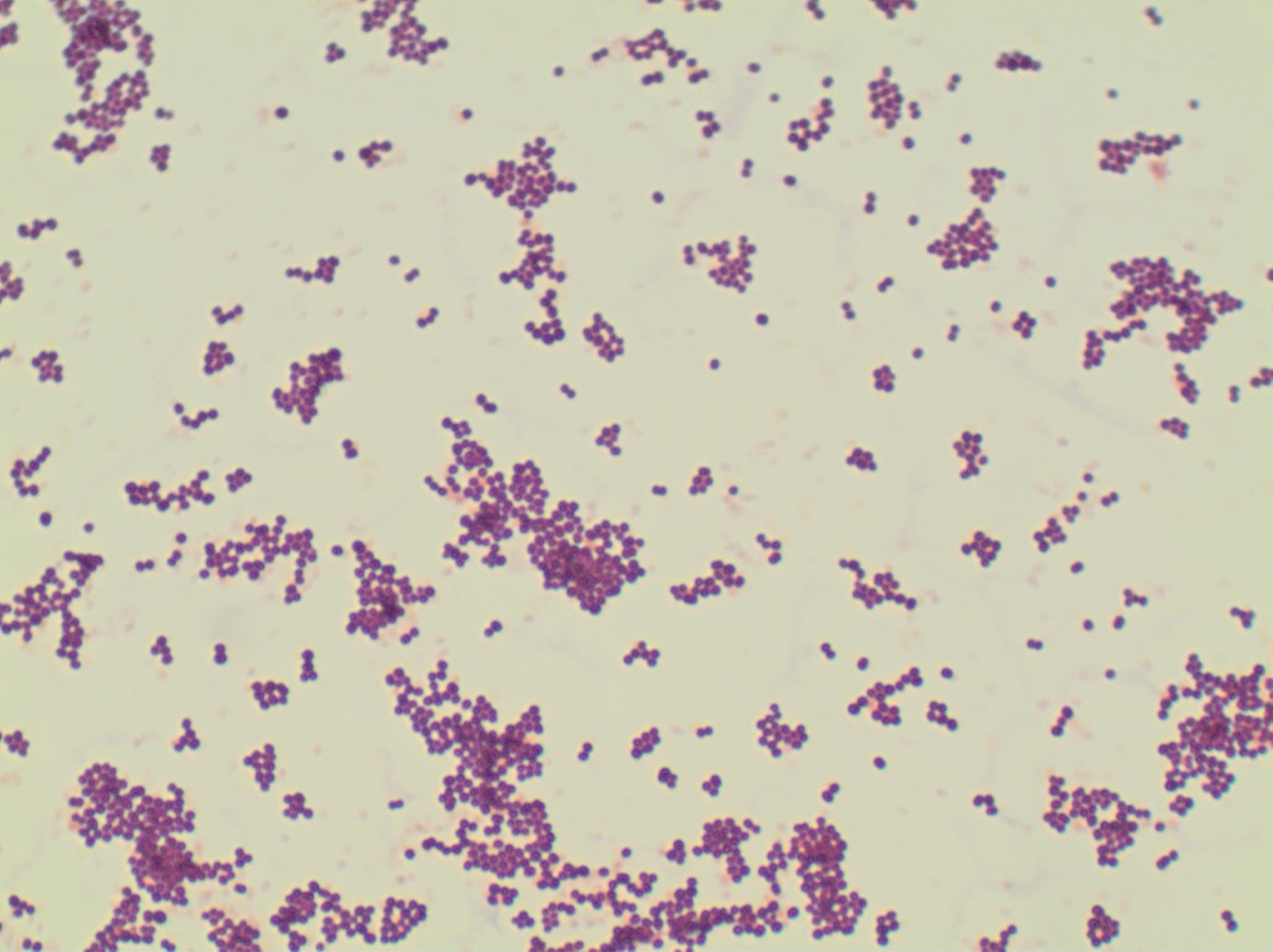


Microbe Classification Using Deep Learning By Steven Towards Data Science



Gram Stain Staphylococcus Aureus E Coli Combined In Same Organ Control Histology Slides



Microscopy And Staining


Www Edvotek Com Site Pdf 160 Pdf


Gram Stain



What Type Of Microscope Would I Need To See Viruses And Bacteria Live In Their Natural Habitat Quora



Escherichia Coli Bacteria E Coli Stock Footage Video 100 Royalty Free Shutterstock



44 Micro Ideas Microbiology Medical Laboratory Microbiology Lab



Bacteria Under The Microscope E Coli And S Aureus Youtube
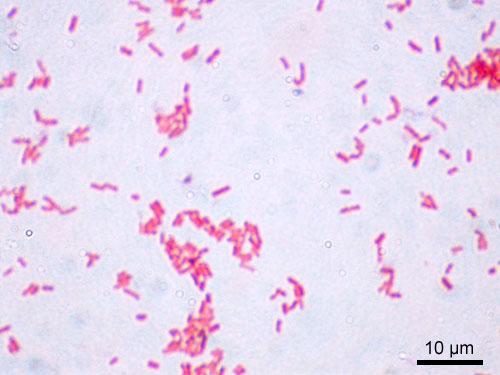


Laboratory Test 1 Flashcards Chegg Com


Www Mccc Edu Hilkerd Documents Bio1lab3 Exp 4 Pdf



Pin On E Coli
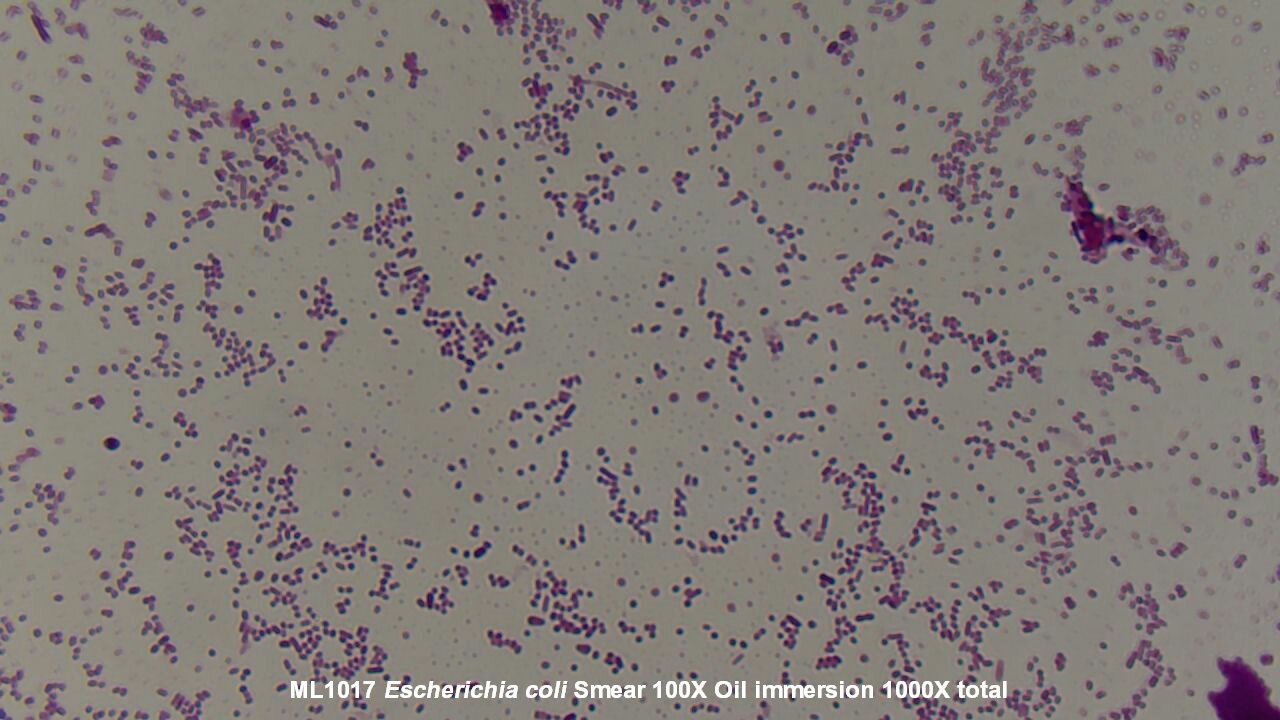


Slide Escherichia Coli


Biol 230 Lab Manual Lab 1


Lab 1


Q Tbn And9gcqkye60ou Johpr02n Mbv1fferrjpdh Lnct7ymdf5qhyia1ld Usqp Cau


Biol 230 Lab Manual Lab 1
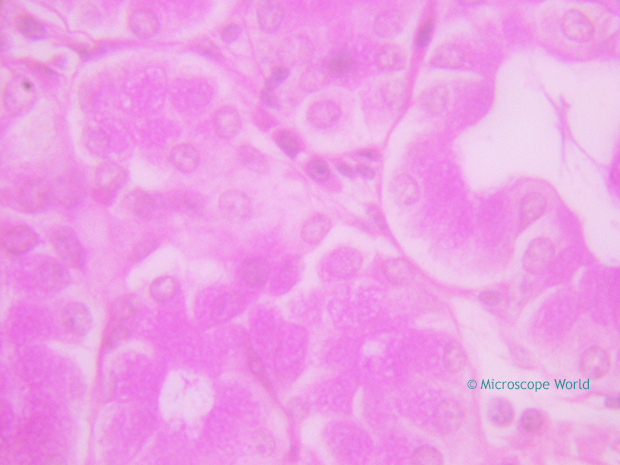


Why Would You Need Microscope Immersion Oil And How To Use It


Biol 230 Lab Manual Lab 1



Morphology Of E Coli Cells Under Microscope At 100 Magnification Download Scientific Diagram


Q Tbn And9gcqkye60ou Johpr02n Mbv1fferrjpdh Lnct7ymdf5qhyia1ld Usqp Cau


Hal Archives Ouvertes Fr Hal Document



Morphological View Of Lactococcus Culture Under Microscope 100x After Download Scientific Diagram


Lab 1



Immersion Oil Microscopy David Fankhauser
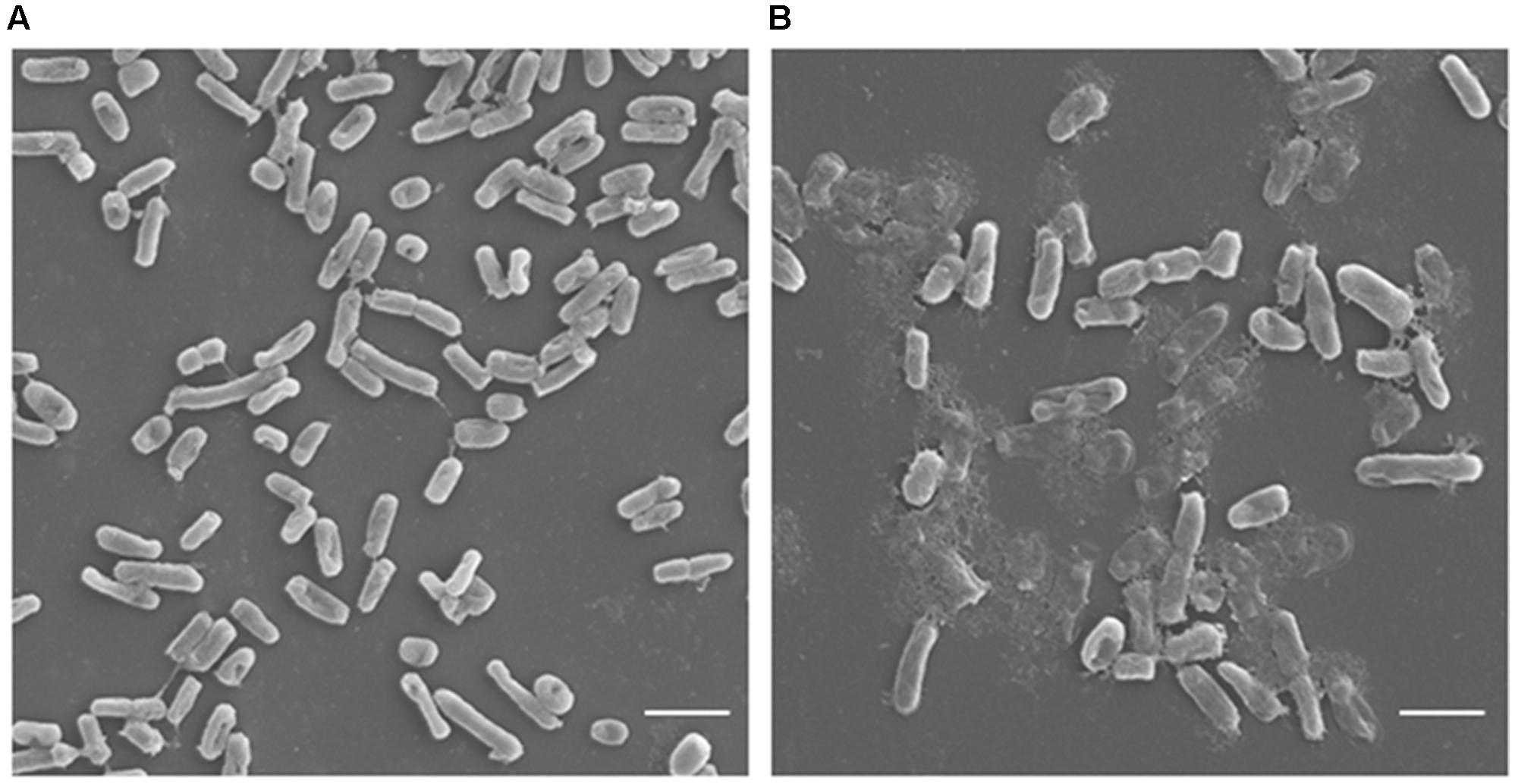


Frontiers Antimicrobial Potential Of Carvacrol Against Uropathogenic Escherichia Coli Via Membrane Disruption Depolarization And Reactive Oxygen Species Generation Microbiology



Microscopic Images Show Growth Of E Coli Atcc Bacteria On Download Scientific Diagram



E Coli Bacteria Light Microscopy Stock Video Clip K004 9042 Science Photo Library



Microscopic Field Oil Immersion Objective Showing The Accumula Tion Download Scientific Diagram
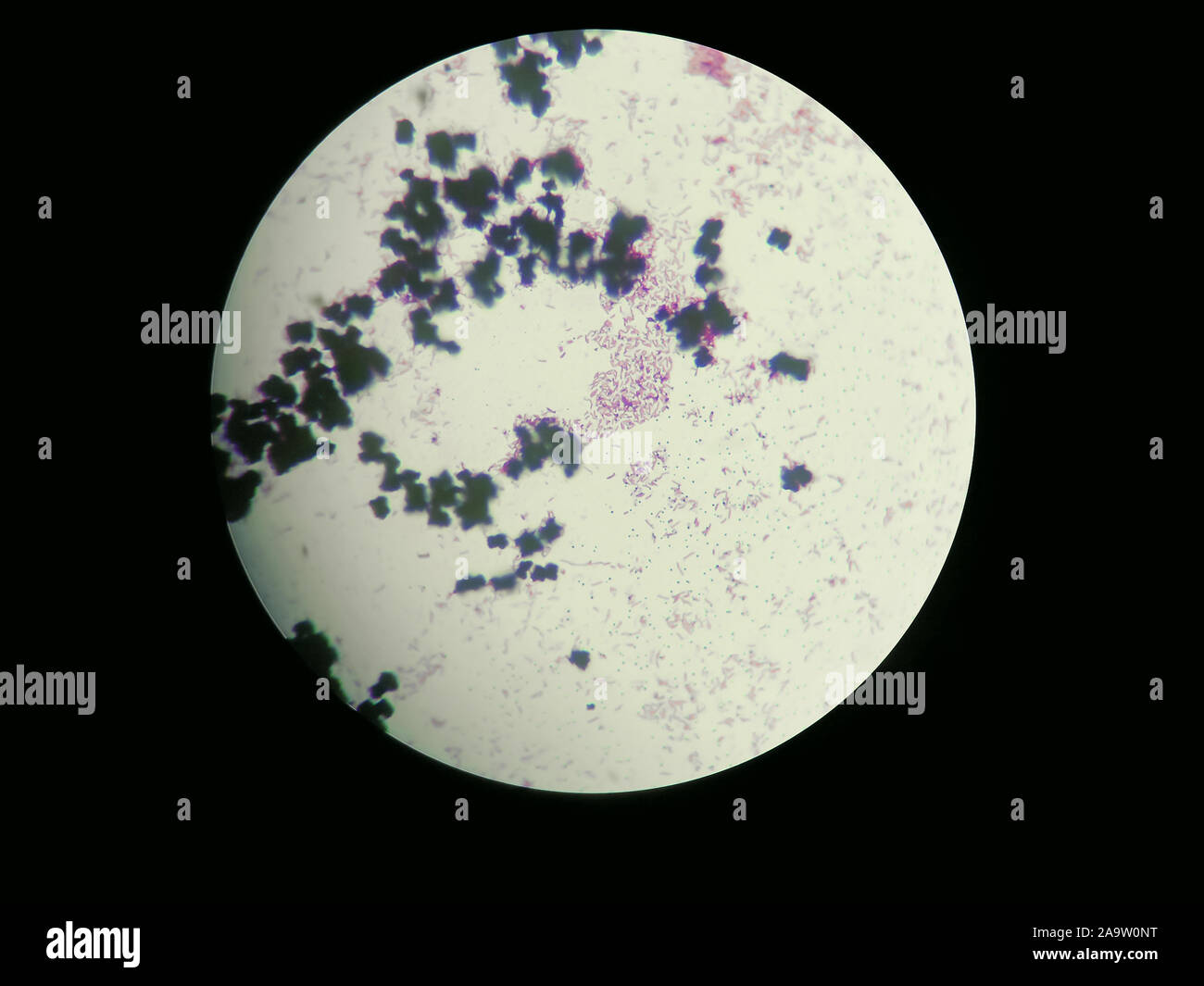


Light Microscope High Resolution Stock Photography And Images Alamy


Www Dechra Us Com Files Files Supportmaterialdownloads Us Us 077 Pra Pdf
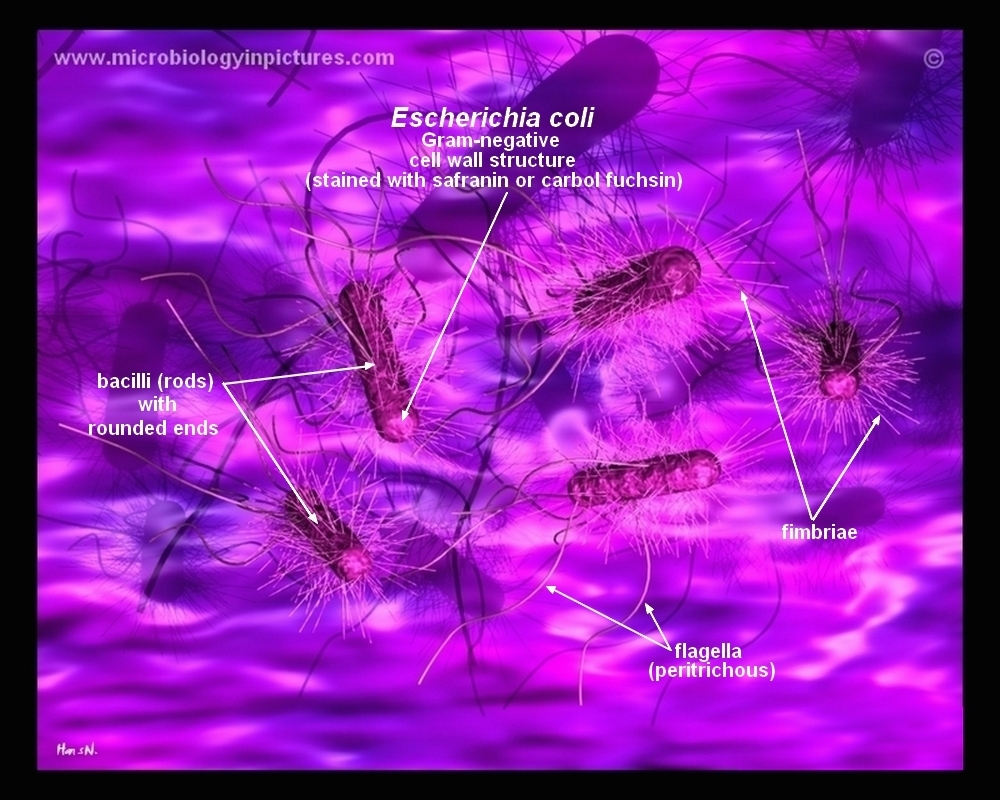


How E Coli Bacteria Look Like


Q Tbn And9gcqkye60ou Johpr02n Mbv1fferrjpdh Lnct7ymdf5qhyia1ld Usqp Cau


Photomicrographs


Aph162 Report 1



Gram Stain Images Microbiology Stain Study Tools
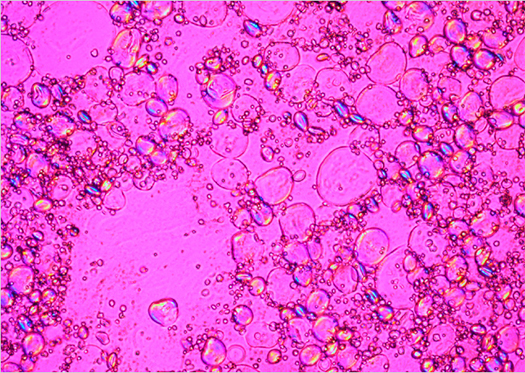


Food Analysis Microscopes And Examining Starch
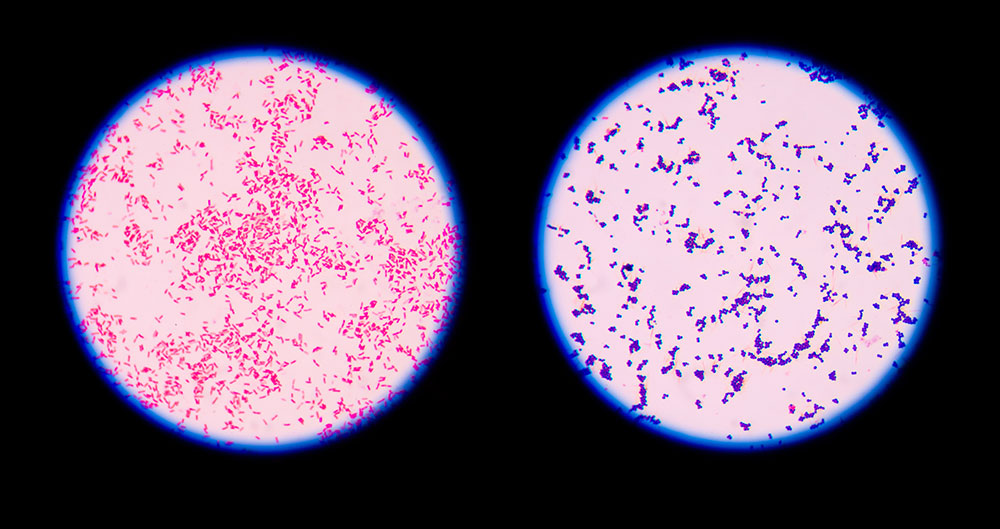


9 Gram Staining Best Practices Microbiologics Blog


Staphylococcus Aureus And Ecoli Under Microscope Microscopy Of Gram Positive Cocci And Gram Negative Bacilli Morphology And Microscopic Appearance Of Staphylococcus Aureus And E Coli S Aureus Gram Stain And Colony Morphology On Agar Clinical


Virtual Microbiology Lab Manual


Biol 230 Lab Manual Lab 1



Bacterial Cell Growth Is Arrested By Violet And Blue But Not Yellow Light Excitation During Fluorescence Microscopy Bmc Molecular And Cell Biology Full Text


Gram Stain
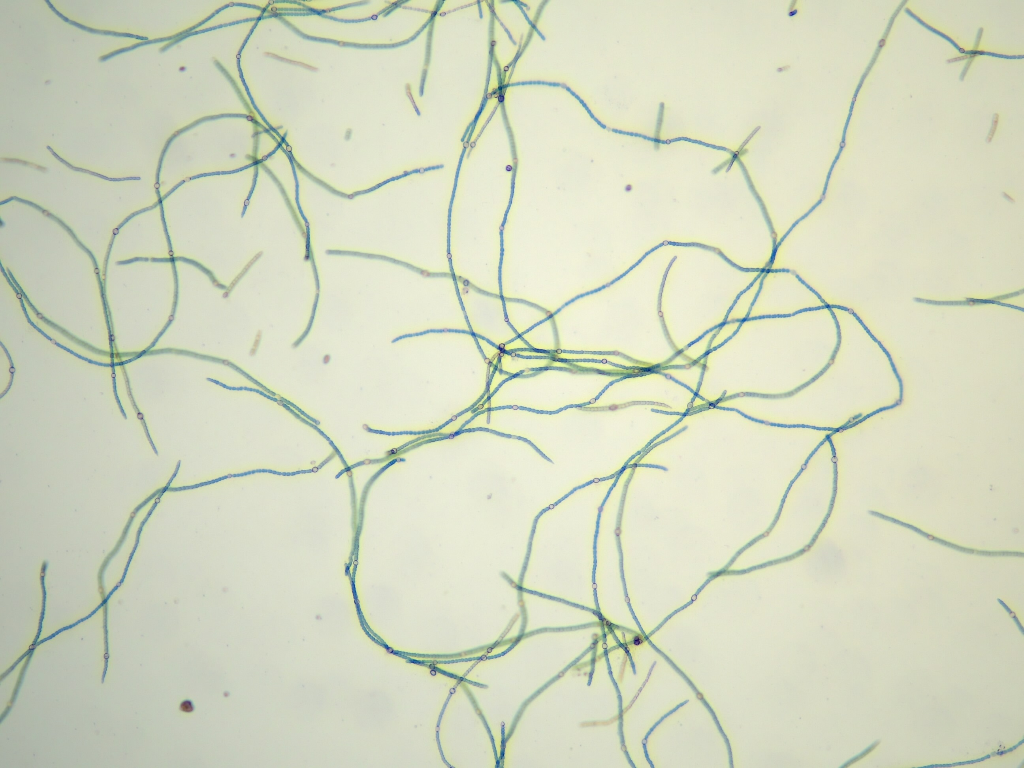


Solved In This Section You Will View A Random Set Of Micr Chegg Com


Lab 1


Q Tbn And9gcqkye60ou Johpr02n Mbv1fferrjpdh Lnct7ymdf5qhyia1ld Usqp Cau
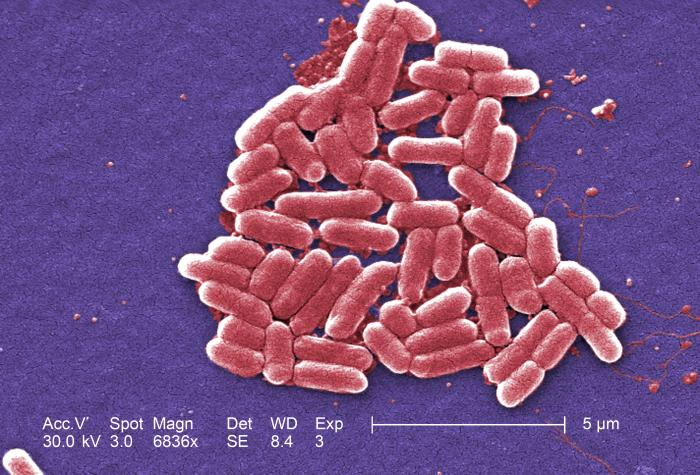


Details Public Health Image Library Phil



New Flat Embedding Method For Transmission Electron Microscopy Reveals An Unknown Mechanism Of Tetracycline Biorxiv



コメント
コメントを投稿